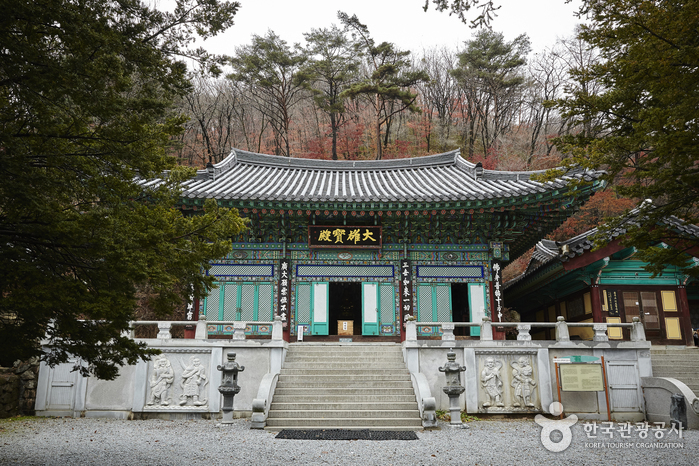Templo Huibangsa (희방사)
18.6Km 2021-02-19
Juknyeong-ro 1720-beongil 278, Punggi-eup, Yeongju-si, Gyeongbuk-do.
Es un templo budista situado en la ciudad de Yeongju. Durante la Guerra de Corea se perdieron muchos tesoros como la tabla original del Hunminjeongeum (libro de instrucción del hangeul); sin embargo, la campana del templo se ha mantenido en perfecto estado, y hasta ahora transmite sonidos claros y limpios.

 Español
Español
 한국어
한국어 English
English 日本語
日本語 中文(简体)
中文(简体) Deutsch
Deutsch Français
Français Русский
Русский